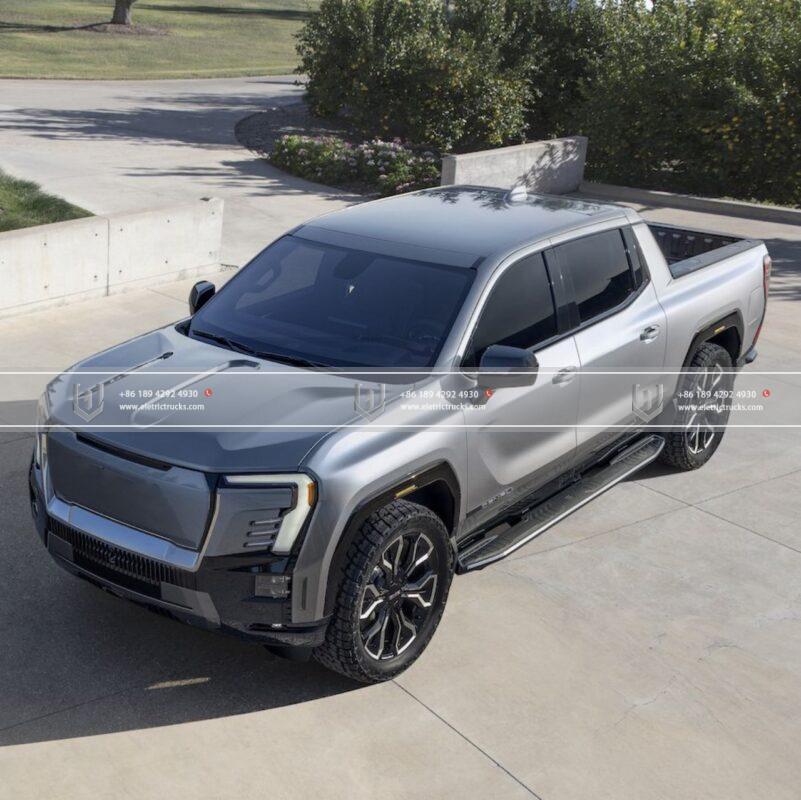Te matauranga hiko
On the Road to Sustainability: The Green Appeal of Electric Trucks
I nga tau tata nei, there has been a growing global concern about the environmental impact of transportation, particularly when it comes to Te waka taumahas like trucks. These vehicles play a crucial role in various industries, such as logistics, whakatūranga, and shipping. Hoianō, their reliance on fossil fuels has led to significant carbon emissions and pollution. To address these concerns and pave the way for a more sustainable future, the rise of taraka hikos has gained considerable attention. With their green appeal and numerous benefits, taraka hikos are emerging as a promising solution to transform the transportation sector.
One of the primary reasons for the green appeal of taraka hikos lies in their zero-emission nature. Unlike tuku taraka-tuku-manas, taraka hikos are powered by electricity stored in high-capacity batteries. This means that they produce no tailpipe emissions, leading to a significant reduction in greenhouse gas emissions and air pollution. By replacing conventional trucks with electric counterparts, we can make substantial progress in reducing our carbon footprint and improving air quality, especially in densely populated urban areas where pollution levels are often alarmingly high.
Anō hoki atu, the environmental benefits of taraka hikos extend beyond just zero emissions. As the world shifts towards renewable energy sources, the potential for powering taraka hikos with clean energy becomes more prominent. By utilizing renewable sources such as solar, hēmanawa, or hydroelectric power to charge the batteries, we can further minimize the environmental impact of these vehicles. This not only helps Whakanohia te huringa o te huarere but also reduces our dependence on finite fossil fuel resources, mahi taraka hikos a more sustainable and future-proof option.
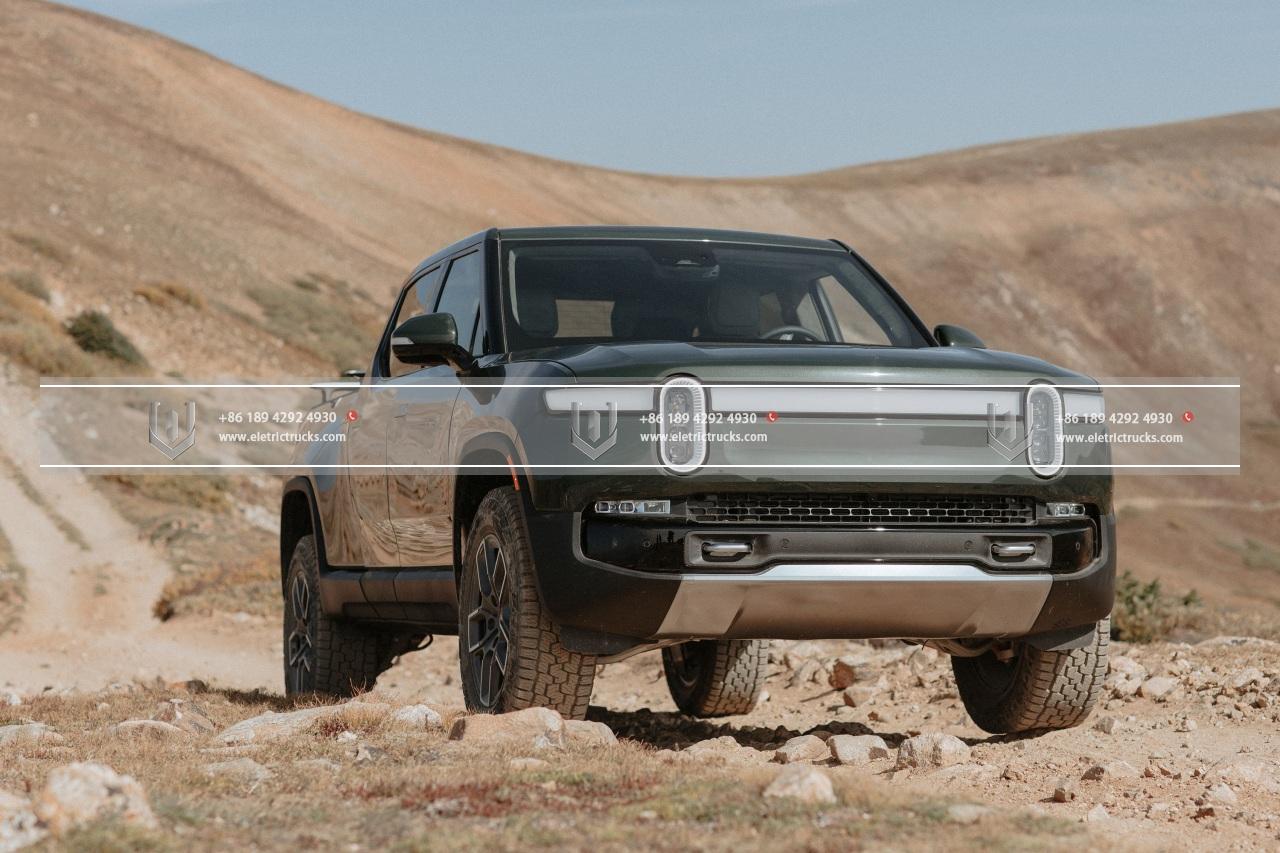
Tuhinga o mua taraka hikos is their potential for Te kaha o te kaha. Electric drivetrains are known to be more efficient than internal combustion engines, as they can convert a higher percentage of energy from the grid to power the vehicle. Tēnei increased efficiency translates to better mileage and reduced energy consumption, ultimately resulting in lower operational costs for kaiwhakarato rerenga. Tāpiritanga, taraka hikos have regenerative braking systems that recover energy during deceleration, further enhancing their overall efficiency. These factors make taraka hikos an attractive option for businesses looking to optimize their operations while minimizing fuel costs me maximizing profitability.
Tuhinga o mua taraka hikos can also contribute to a quieter and less disruptive urban environment. Taraka disel tuku ihos are notorious for their loud engine noise, particularly when accelerating or idling. This noise pollution not only affects the quality of life for residents but also poses a significant challenge for city planners striving to create sustainable and livable cities. Taraka hikos, I tetahi atu taha, mahi puku, significantly reducing noise pollution levels. This makes them well-suited for late-night deliveries in residential areas or early-morning operationTuhinga o mua noise-sensitive zones, without causing disturbances to the local community.
Tīmata, te maintenance requirements o taraka hikos are typically lower compared to their diesel counterparts. Electric drivetrains have fewer moving parts and require less frequent maintenance, resulting in reduced downtime and lower servicing costs for fleet owners. This aspect can have a positive economic impact, as businesses can allocate their resources more efficiently, focusing on core operations rather than dealing with regular truck maintenance. Tāpiritanga, the increased reliability and longevity of electric truck components contribute to a more sustainable and cost-effective ownership experience over the vehicle’s lifecycle.
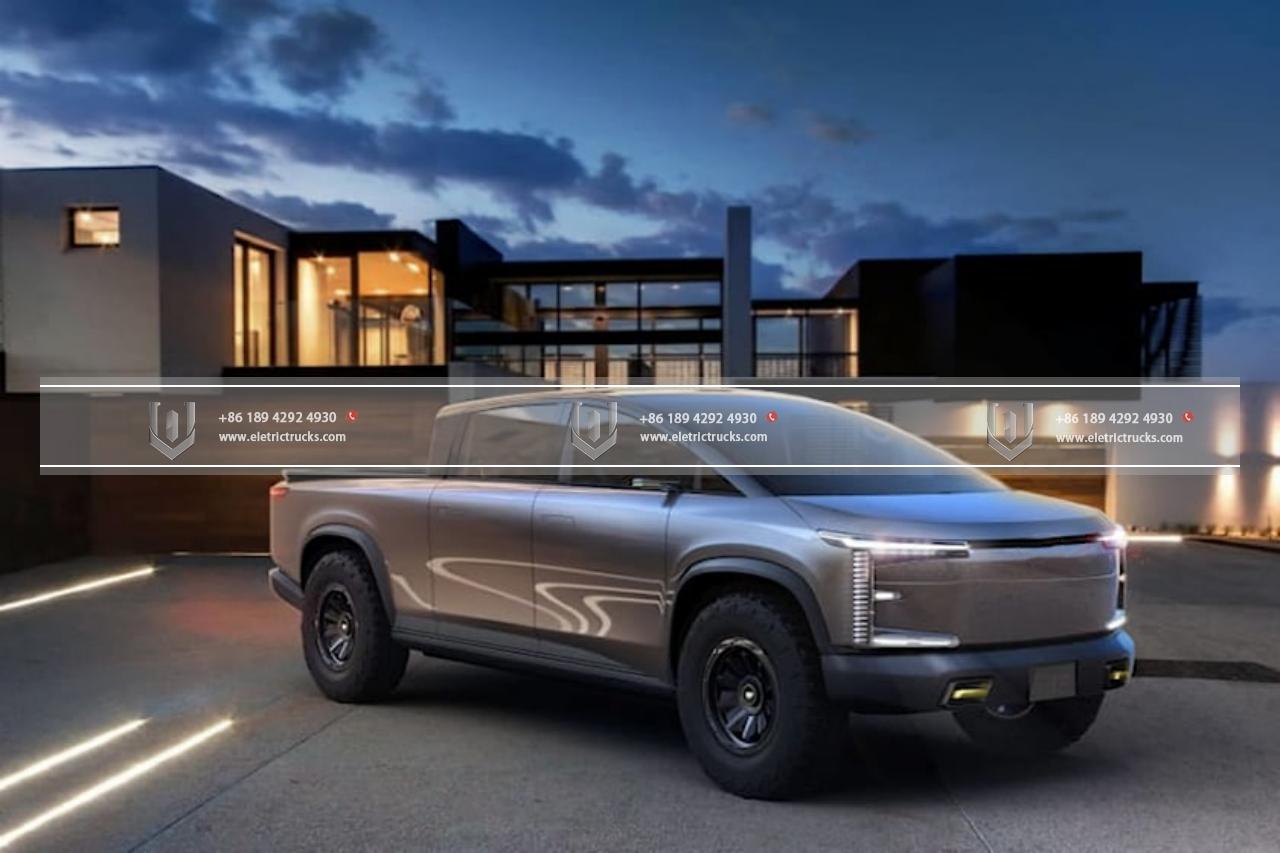
Inā taraka hikos offer numerous advantages, the transition to widespread adoption does come with some challenges. One of the main concerns is the infrastructure required to support electric truck charging. Establishing a robust charging network me sufficient capacity me coverage is essential to ensure that taraka hikos can operate seamlessly across different regions and distances. Hoianō, as governments, Pakihi, and charging infrastructure providers collaborate, we can overcome this challenge and build a comprehensive charging network that meets the growing demand for taraka hikos.
Tāpiritanga, te widespread adoption o taraka hikos can have a significant impact on reducing greenhouse gas emissions me combating climate change. The transportation sector is one of the largest contributors to carbon dioxide emissions, me heavy-duty trucks are a major component of that. Na roto i te whakawhiti ki taraka hikos, we can make significant progress in achieving global emissions reduction targets.
The environmental benefits of taraka hikos extend beyond their direct impact on emissions. As more renewable energy sources are integrated into the power grid, charging taraka hikos can be done using clean and sustainable energy. This synergy between Te hiko hikoTuhinga o mua renewable energy generation creates a virtuous cycle that further reduces the overall carbon footprint of transportation.
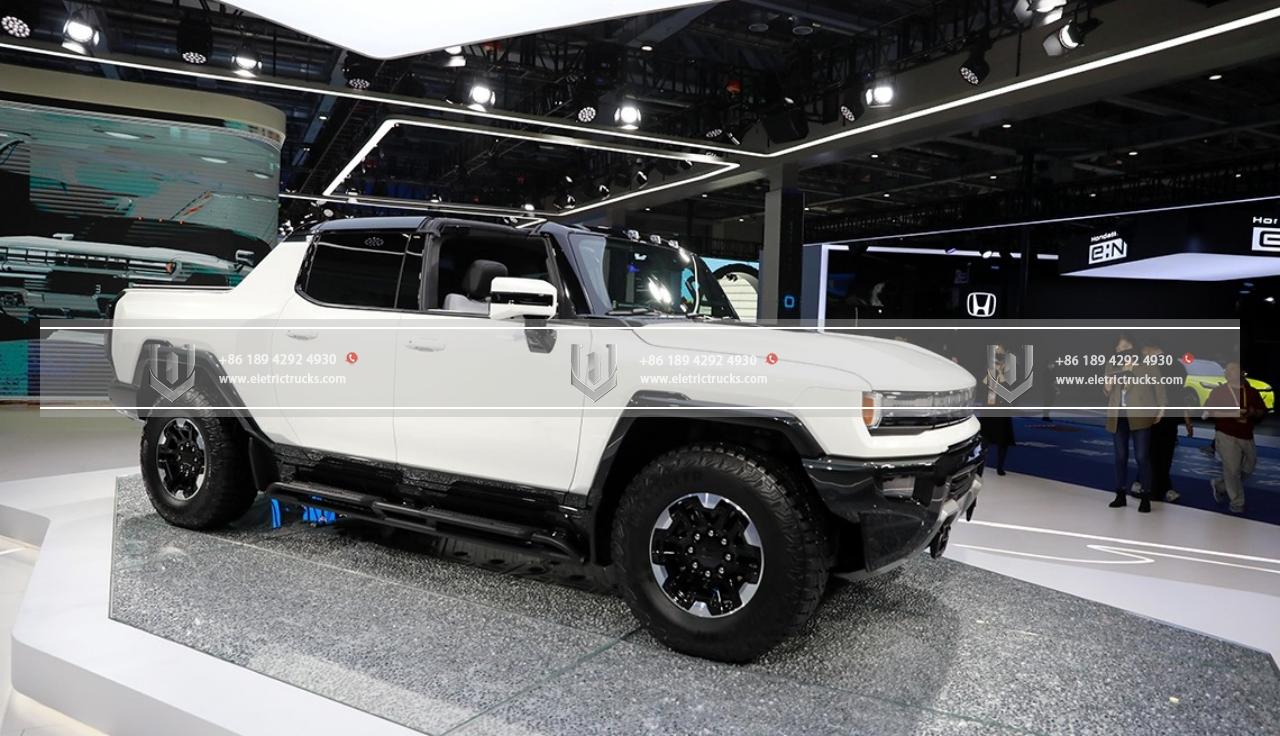
Tīmata, the shift towards taraka hikos can stimulate innovation and technological advancements in the Aero Aukenga. As manufacturers invest in the development of Hangarau Kaihono hiko, we can expect to see improvements in battery capacity, charging speed, and overall vehicle performance. These advancements will not only benefit taraka hikos but can also be transferred to other Te hiko hikos, such as cars and buses, accelerating the overall electrification of the transportation sector.
The green appeal of taraka hikos goes beyond their hua taiao. It also presents economic opportunities and benefits for businesses and governments. With the decreasing costs of Te hangarau o te pākahiko me te potential for lower operational and maintenance costs, taraka hikos can offer long-term cost savings for fleet operators. Taraka hikos can also help businesses comply with stricter emissions regulations and gain a competitive advantage by showcasing their commitment to sustainability and responsible business practices.
Governments around the world are recognizing the importance of transitioning to taraka hikos and are implementing policies and incentives to support their adoption. Incentives such as tax credits, Nga Karaati, and subsidies for electric truck purchases, as well as the development of charging infrastructure, are being introduced to facilitate the transition. These measures not only help drive demand for taraka hikos but also create job opportunities in the renewable energy me electric vehicle sectors, fostering economic growth and a greener workforce.
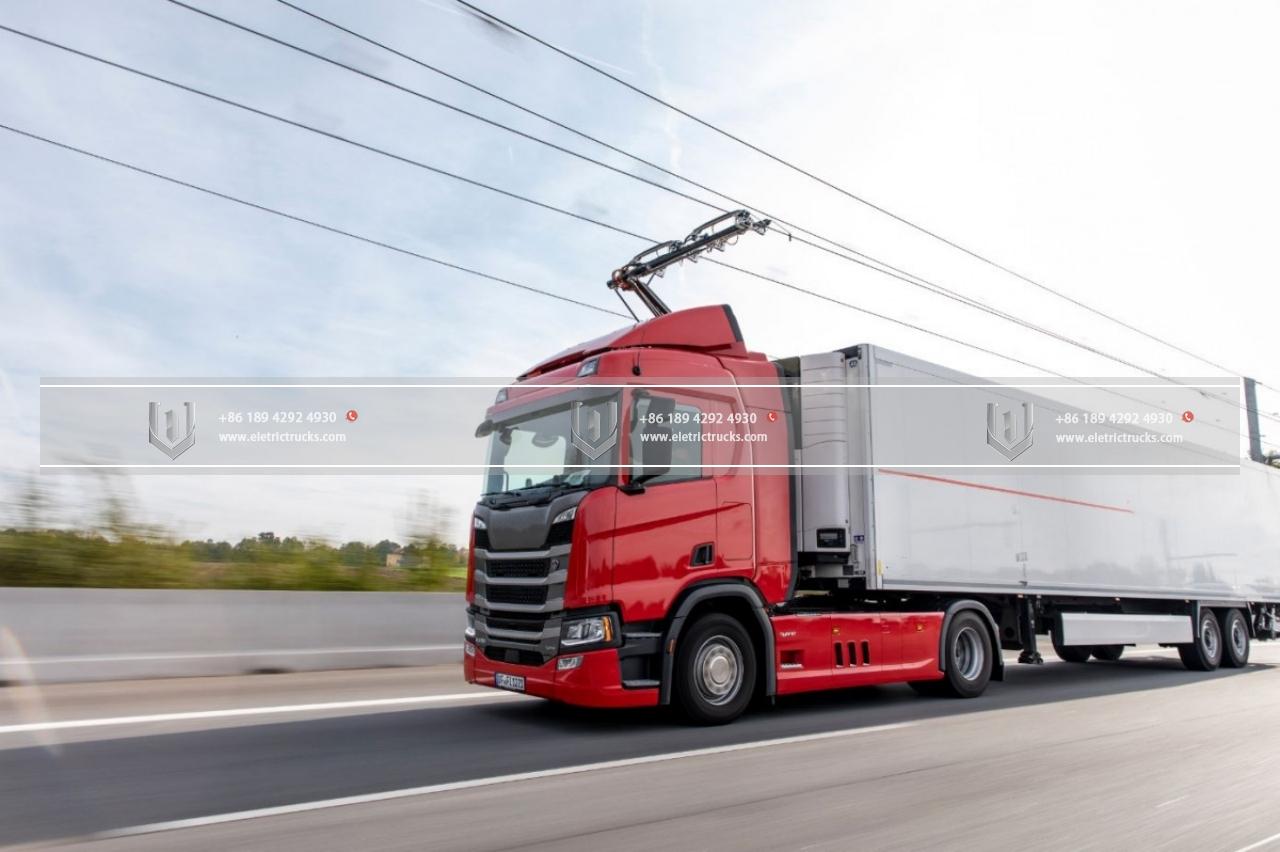
Hoianō, it’s important to acknowledge that the transition to taraka hikos will require collaborative efforts Tuhinga ka whai mai. Nga kawanatanga, Pakihi, charging infrastructure providers, and consumers must work together to overcome the challenges associated with infrastructure development, range limitations, and initial investment costs. Public-private partnerships and collaborations can play a crucial role in addressing these challenges and accelerating the adoption of taraka hikos.
Hei mutunga, the green appeal of taraka hikos is undeniable. From their zero-emission nature and potential for renewable energy integration to their energy efficiency, reduced noise pollution, and lower maintenance requirements, taraka hikos offer a compelling solution for sustainable transportation. Na roto i te awhi taraka hikos and supporting their widespread adoption, we can drive significant environmental, economic, me te ahunga whakamua hangarau. The road to sustainability begins with the electrification of trucks, setting us on a path toward a greener and more sustainable future.
